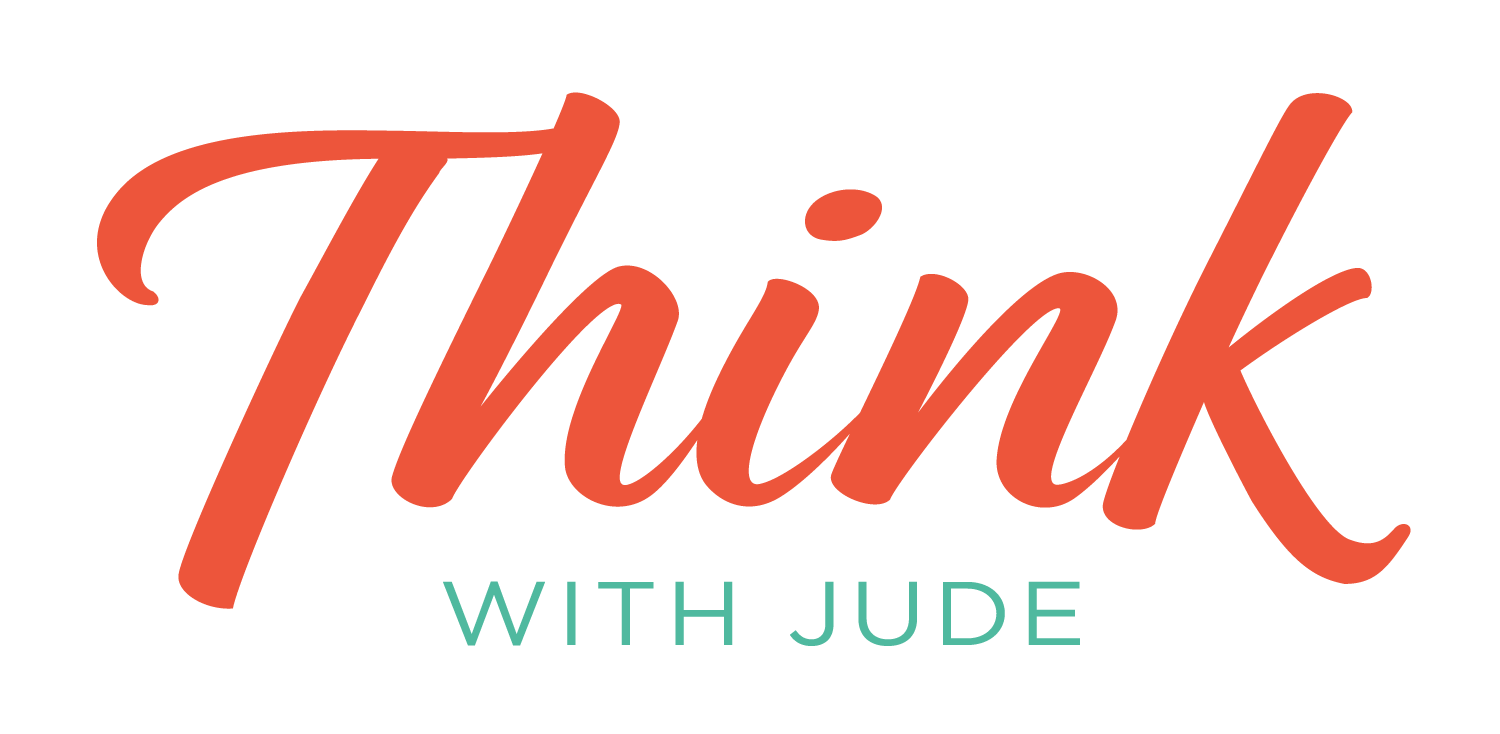How to encourage good thinking vs better thinking
When you get an insight in a coaching session it’s like a weight has been lifted off you, the penny has dropped, the clouds have parted. It feels awesome. Then you go out in the real world and sometimes the new approach that seemed so obvious in the coaching bubble isn’t quite as easy to put into practice.
It’s paradoxical, even your coaching sponsor, who has helped set up the coaching to support you to change your approach, will resist against they changes you’re making. There’s something about the way things are now that works for them, just like it works for you but with hindsight you can both see it’s keeping you stuck.
That’s why encouragement is so important.
I notice that my clients will often dismiss the things that have gone well since our last session, the small shifts they have been able to make, in favour of everything that has gone wrong. So once they have finished speaking I go back and highlight all the shifts and positives, offering encouragement and encouraging them to pat themselves on the back.
A new insight usually emerges, that they’re being too hard on themselves and they need to lighten up. So remember, stop being so hard on yourself and celebrate all your wins no matter how small and help those around you to do the same.
When Nancy Kline talks about encouragement as one of the Components of The Thinking Environment she is talking about having the courage to remove competition. Not that all competition is bad, just that competition in thinking has a tenancy to stilt it, because in the quest to be seen as the best, or the smartest, people play it safe with the tried and tested. They don’t listen fully to what is being said, they interrupt and make assumptions that may be untrue.
While competition may encourage people to be better than the other person it doesn’t necessarily result in the best result. Better doesn’t equal good. I might have designed a better mouse trap but good might have been not needing one in the first place because we designed our homes so mice couldn’t get in.
When we feel safe to share ideas, regardless of how out there or crazy they seem the more connections are made and the closer we get to the best answer not just a better answer. How might you create an environment in your teams that removes competition from thinking and instead encourages all ideas to be shared?
Who could you offer encouragement to right now?
The Ten Components of The Thinking Environment
Attention
Listening with palpable respect and genuine interest, and without interruption
Equality
Treating each other as thinking peers; giving equal turns and attention; keeping boundaries and agreements
Ease
Offering freedom from internal rush or urgency
Encouragement
Giving courage to go to the cutting edge of ideas by moving beyond internal competition
Incisive Questions™
Removing untrue assumptions that limit our ability to think for ourselves well
Feelings
Allowing sufficient emotional release to restore thinking
Appreciation
Offering genuine acknowledgement of a person’s qualities; practicing a ratio of 5:1 appreciation to challenge
Information
Supplying the facts; recognising social context; dismantling denial
Difference
Welcoming diverse group identities and diversity of thinking
Place
Creating a physical environment that says back to people, ‘You matter’




